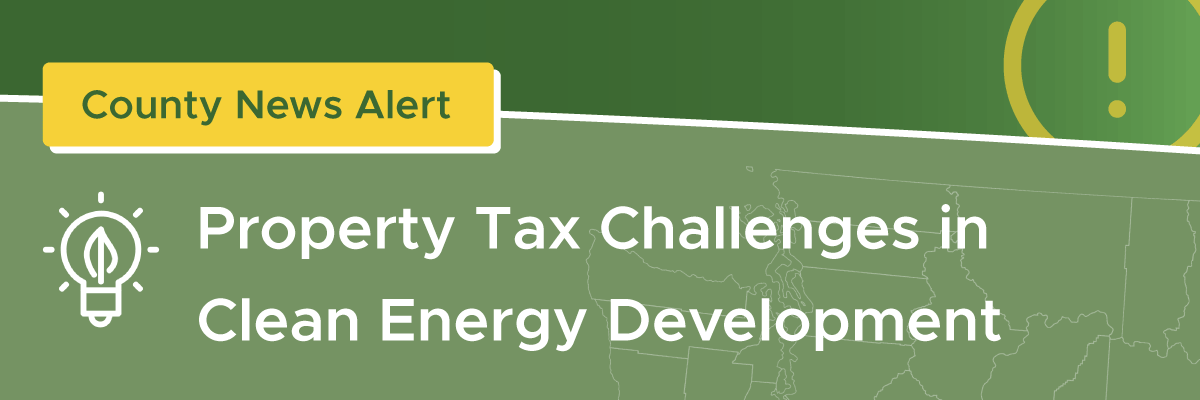Elections
Counties, lead by the county Auditor, are in charge of administering elections. Between mailing and collecting ballots, and keeping all districts, cities, towns, and unincorporated areas organized, running elections is a huge task for counties.



















